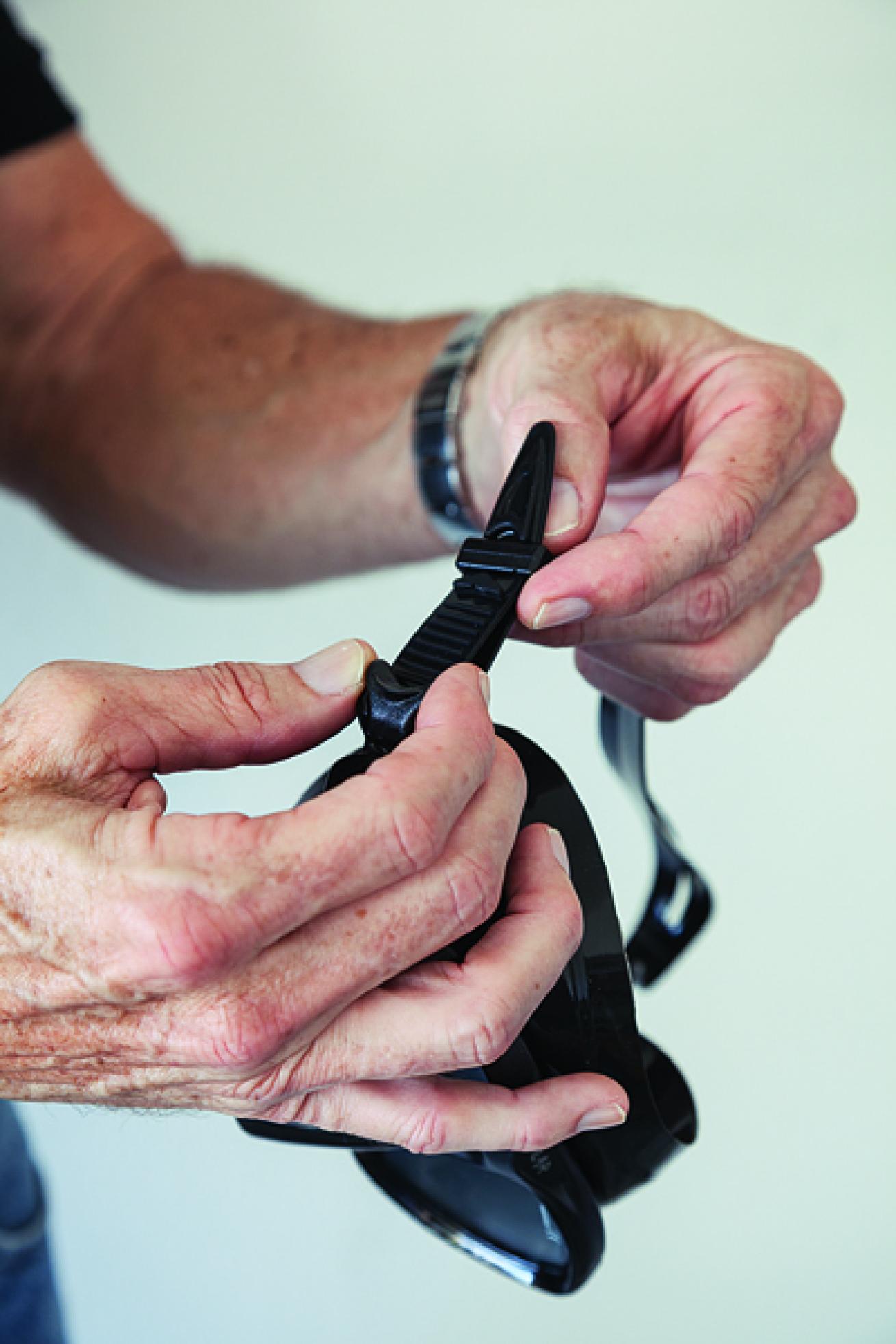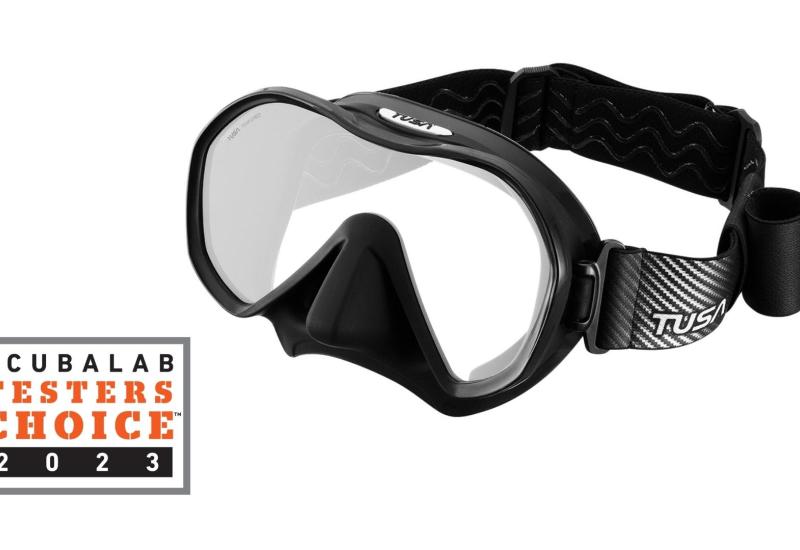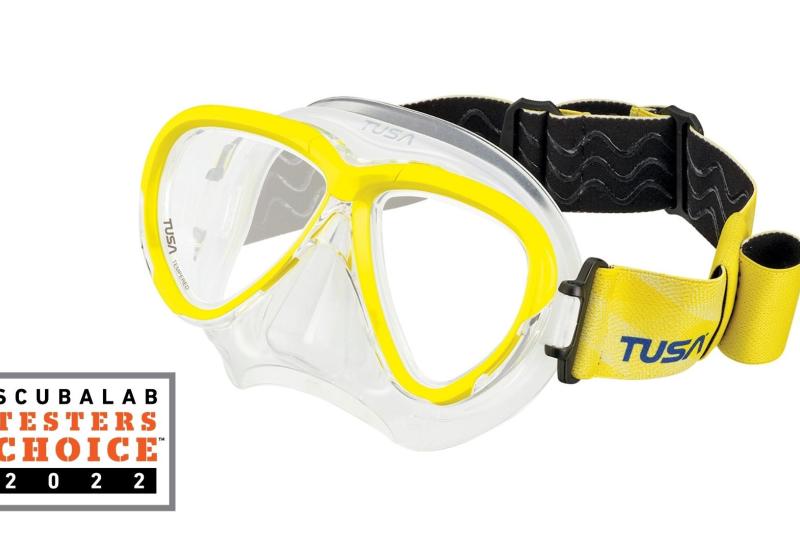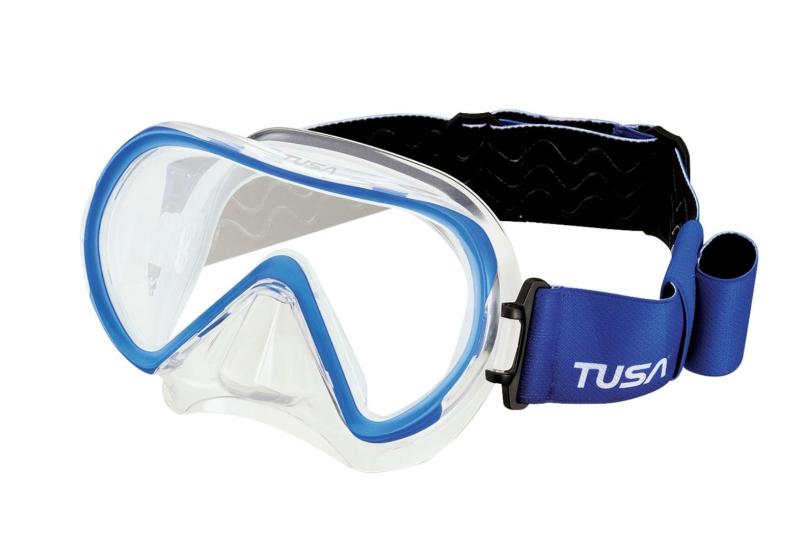How To Prep Your Brand-New Mask and Snorkel for Scuba Diving

Setting up your dive mask and snorkel
Avoid over-tightening the mask strap when setting up your new mask.
Carrie Garcia
ScubaLab's 2014 Gear Guide is filled with the cream of the crop in BCs, dive computers, regulators, underwater cameras, masks, snorkels, fins, wetsuits, drysuits and everything else you need to complete your dive kit. It also has gear maintenance tips, explanations about the important features on every category of gear, and a behind-the-scenes look at how ScubaLab tests gear. One of the most-popular sections in the Gear Guide offers tips on what to do with your gear after you buy it — what we call "Out of the Box." Here: How to prep your new mask and snorkel.
1 During the manufacturing process, mask skirts are injected with a releasing agent that helps them pop out of their molds. This chemical tends to leach out of the silicone and onto the mask lens, contaminating it. To remove, mask-prep compounds are available, but any mild liquid abrasive like Soft Scrub or even toothpaste will do the job. Rub the cleanser into both sides of the lenses several times, rinsing thoroughly. It doesn’t hurt to do the same with the skirt and strap assembly too.
2 Check the buckle system to make sure buckles are functioning, then put on the mask for the initial strap adjustment. Avoid over-tightening, and be sure the headband portion of the strap is centered on the back of your head.
3 Install the snorkel keeper on the mask strap. Then, wearing the mask, position the snorkel so it hangs alongside your left ear, out of the way until needed.
Check out a round-up of The Best Masks and Snorkels in the Gear Guide.
Want more in-depth details on what our ScubaLab test team found when testing dive masks? You can read the results of ScubaLab's latest dive mask test.
Get tips on finding the perfect mask for your face and type of diving.
Finally, once you buy a new mask, make sure you give it the proper TLC by following our maintenance guide for masks.

Carrie GarciaAvoid over-tightening the mask strap when setting up your new mask.
ScubaLab's 2014 Gear Guide is filled with the cream of the crop in BCs, dive computers, regulators, underwater cameras, masks, snorkels, fins, wetsuits, drysuits and everything else you need to complete your dive kit. It also has gear maintenance tips, explanations about the important features on every category of gear, and a behind-the-scenes look at how ScubaLab tests gear. One of the most-popular sections in the Gear Guide offers tips on what to do with your gear after you buy it — what we call "Out of the Box." Here: How to prep your new mask and snorkel.
1 During the manufacturing process, mask skirts are injected with a releasing agent that helps them pop out of their molds. This chemical tends to leach out of the silicone and onto the mask lens, contaminating it. To remove, mask-prep compounds are available, but any mild liquid abrasive like Soft Scrub or even toothpaste will do the job. Rub the cleanser into both sides of the lenses several times, rinsing thoroughly. It doesn’t hurt to do the same with the skirt and strap assembly too.
2 Check the buckle system to make sure buckles are functioning, then put on the mask for the initial strap adjustment. Avoid over-tightening, and be sure the headband portion of the strap is centered on the back of your head.
3 Install the snorkel keeper on the mask strap. Then, wearing the mask, position the snorkel so it hangs alongside your left ear, out of the way until needed.
Check out a round-up of The Best Masks and Snorkels in the Gear Guide.
Want more in-depth details on what our ScubaLab test team found when testing dive masks? You can read the results of ScubaLab's latest dive mask test.
Get tips on finding the perfect mask for your face and type of diving.
Finally, once you buy a new mask, make sure you give it the proper TLC by following our maintenance guide for masks.










